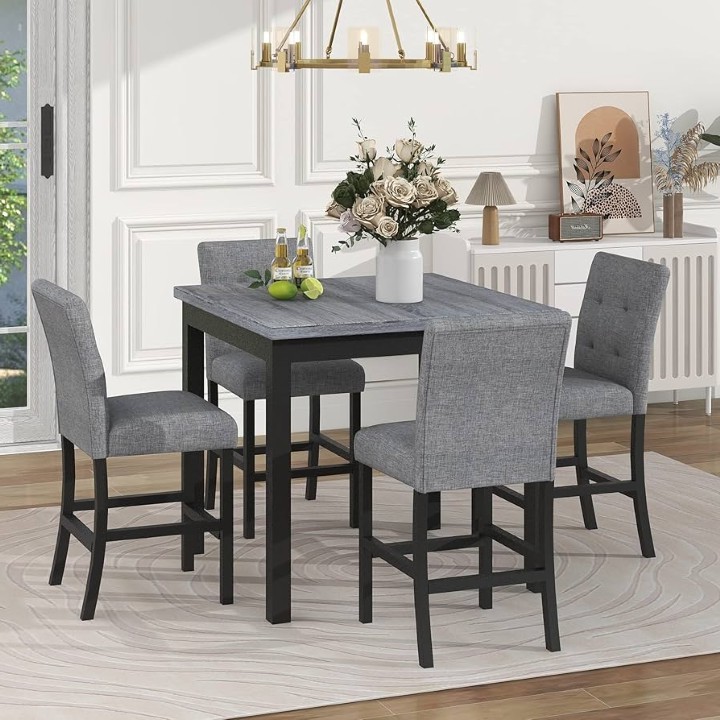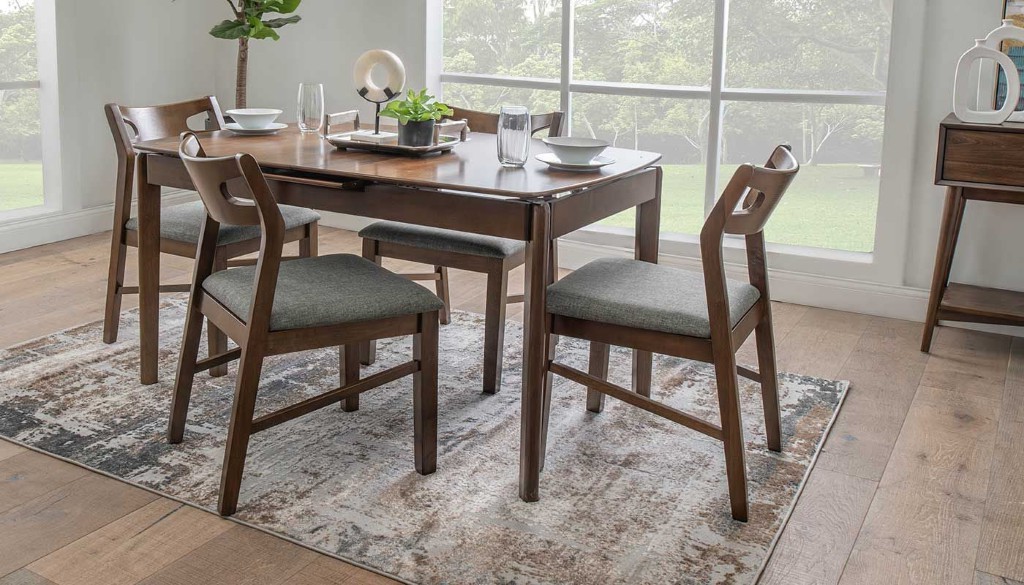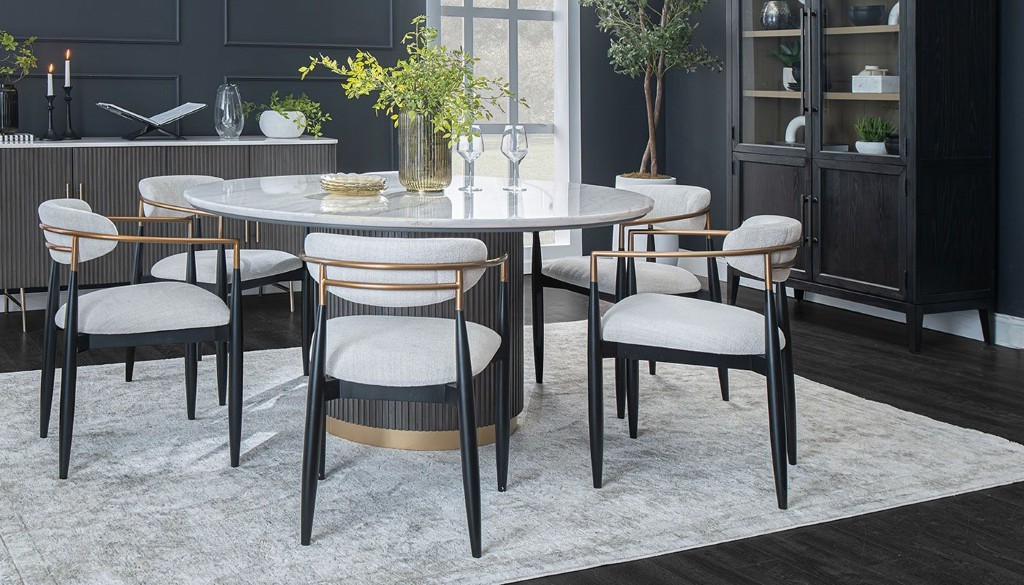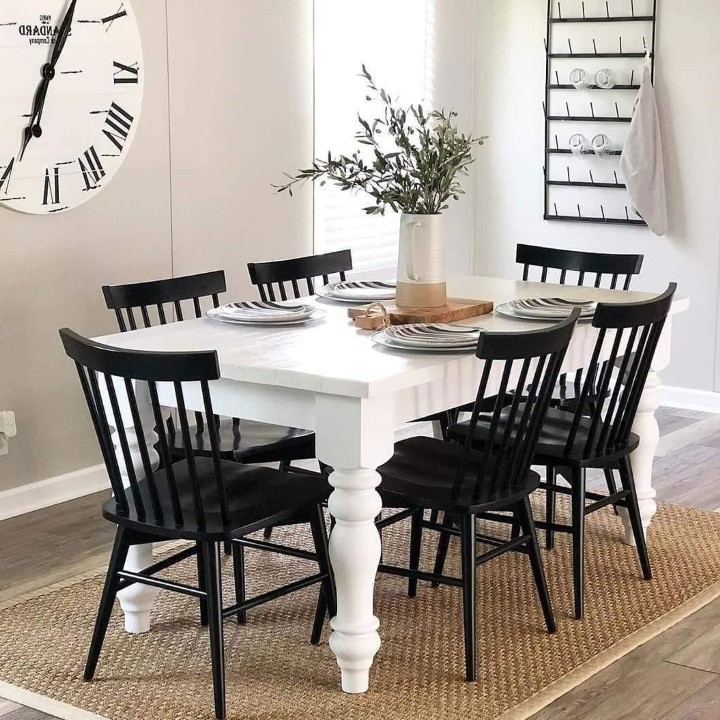Ever sat down to a meal and felt… off? Maybe your arms felt too high, or your knees bumped the underside of the table. It’s a common problem, and often, it boils down to one simple, overlooked detail: the height of your dining table and chairs. Getting this right isn’t just about aesthetics; it’s about creating a space where you and your guests can truly relax and enjoy each other’s company. Let’s dive into how to achieve that perfect harmony.
Think about it. The dining area is where we gather to share meals, stories, and laughter. It’s the heart of many homes. Yet, so many of us struggle with a dining setup that feels just a little bit awkward. This discomfort often stems from a mismatch in table and chair dimensions. When the heights are just right, everything flows. Meals feel more enjoyable, conversations are easier, and the overall atmosphere feels more inviting and put-together. It’s like finding the perfect rhythm when you’re dancing – everything just clicks into place. So, what are these magic numbers we need to know?
Standard Heights: The Starting Point
Most of us are working with standard dining furniture, and for good reason. Manufacturers design these pieces with common dimensions in mind to ensure a generally comfortable experience. The standard dining table height typically hovers around 28 to 30 inches from the floor to the tabletop. This is the most prevalent height you’ll find, and it’s designed to work with most standard dining chairs.
Now, for the chairs. The seat height of a standard dining chair is usually between 17 and 19 inches. This measurement is crucial because it dictates how much legroom you have under the table and how comfortably you can sit. The goal is to have enough clearance for your legs without feeling like you’re swimming in space. A good rule of thumb is to aim for about 10 to 12 inches of space between the top of the chair seat and the underside of the dining table. This gap allows for comfortable leg placement and easy maneuvering in and out of your seat. It’s a sweet spot that accommodates most people and most dining situations.
The Comfort Factor: Legroom and Elbow Room
Let’s talk about what feels good. When you’re seated at the table, your elbows should be able to rest comfortably at about a 90-degree angle. This means your forearms are roughly parallel to the tabletop. If the table is too high, your elbows will be uncomfortably elevated, leading to tension in your shoulders and arms. Conversely, if the table is too low, you might find yourself hunching over, which is just as uncomfortable and frankly, not very elegant.
Think about your guests too. While standard heights work for most, people come in all shapes and sizes. Having that 10-12 inch gap between the chair seat and the table underside is key to accommodating a range of heights. It ensures that both shorter and taller individuals can sit without their knees hitting the table or feeling like they’re too far away from their meal. This consideration is what truly elevates a dining space from functional to genuinely welcoming.
Beyond Standard: Counter and Bar Height
Not all dining spaces are created equal, and sometimes, standard height just won’t do. You might have a kitchen island with a built-in counter, or perhaps you’re drawn to the casual vibe of bar-height seating. These have their own set of dimensions to consider.
Counter height tables and stools are generally around 34 to 36 inches tall. The corresponding counter-height stools will have seats around 24 to 26 inches high. This provides that 9-10 inch gap, perfect for a more relaxed, informal meal setting, common in kitchens.
Bar height tables are even taller, typically 40 to 42 inches. Bar stools then have seats around 30 to 32 inches high, leaving a similar 9-10 inch space. This is ideal for high-top tables or bars themselves, offering a more social, standing-room-adjacent feel. Remember, with these higher options, the key is still that consistent, comfortable gap between the seat and the table surface. It’s about finding the right fit for the purpose of the space.
When to Deviate: Custom and Unique Pieces
What if you’ve found a stunning, unique table that’s not standard height, or you’re eyeing those gorgeous chairs that seem a bit lower or higher than usual? Don’t despair! It’s perfectly okay to deviate, but it requires a little more attention.
If you fall in love with a table that’s, say, 32 inches high, you’ll need to find chairs with a seat height of around 20-22 inches to maintain that ideal 10-12 inch clearance. Conversely, if you adore a set of chairs with a 16-inch seat height, you’ll be looking for a table that’s 26-28 inches high. It’s about working backward from the piece you love most to find its perfect companion. You might need to get creative, perhaps with custom-made cushions to slightly adjust chair height, or by looking at less common furniture types. A little bit of measuring and planning goes a long way here.
Practical Tips for Measuring and Pairing
So, how do you ensure you get it right before you buy, or when you’re trying to make an existing set work better?
- Measure Twice, Buy Once: Always measure the height of your table from the floor to the underside where your legs would go. Then, measure the seat height of your chairs. Calculate the difference. Aim for that 10-12 inch sweet spot.
- Consider Chair Thickness: Don’t forget the thickness of the chair cushion. If you’re adding or changing cushions, factor that into your calculations. A plush cushion can significantly alter the effective seat height.
- Armrest Clearance: If you have chairs with armrests, make sure they can tuck neatly under the table. Measure the height from the floor to the top of the armrest and compare it to the height of the table apron (the part underneath the tabletop). You want enough clearance so the armrests don’t bang against the table when you push the chairs in.
- Test Drive When Possible: If you can, sit at the table and chairs you’re considering. Does it feel natural? Can you comfortably eat and converse? This is the ultimate test.
- Don’t Be Afraid of a Small Gap: Sometimes, a 9-inch or even an 8-inch gap can work if the table design is particularly deep or if the chairs are very supportive and comfortable. It’s about the overall feel and practicality.
The Ergonomic and Aesthetic Connection
Ultimately, getting the dining table and chair height correct is a blend of ergonomics and aesthetics. When the proportions are right, the dining area just looks better. It feels balanced and intentional. But more importantly, it feels good. You and your guests can relax, enjoy your meals without physical strain, and focus on what truly matters: connection and shared experiences.
Think of it as the foundation of a great dining experience. A wobbly table or chairs that are too high or too low can distract from even the most delicious meal. By paying attention to these dimensions, you’re not just furnishing a room; you’re creating an environment that promotes comfort, well-being, and genuine enjoyment. It’s the subtle details that often make the biggest difference in how a space functions and how it makes us feel.
So there you have it. Understanding the relationship between dining table and chair height is less about rigid rules and more about achieving a comfortable, functional, and aesthetically pleasing balance. Whether you’re starting from scratch or looking to optimize your current setup, keep those standard heights in mind as a guide, but always prioritize that crucial 10-12 inch gap for optimal comfort. Measure carefully, consider the unique dimensions of your chosen pieces, and when in doubt, test it out. By paying attention to these details, you can transform your dining area into a truly harmonious space where every meal is a pleasure and every gathering feels just right.















